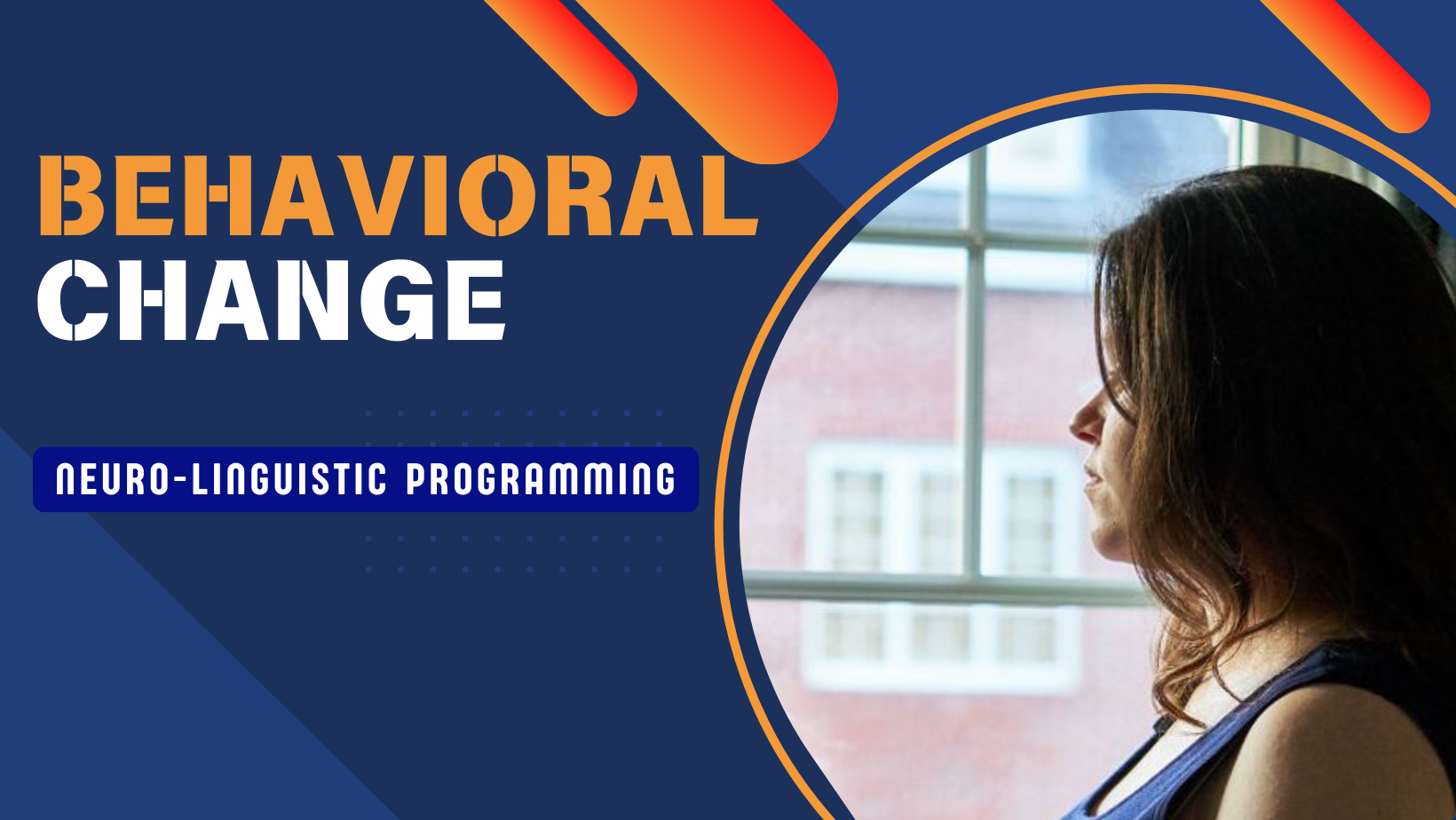Alternative Therapies
- Alternative Medicine
- Access Bars
- Access Body Processes
- Access Consciousness
- Access Energetic Faclift
- Acupressure
- Acupuncture
- Akashic Records
- Ancient Magnetism
- Angel Healing
- Aromatherapy
- Aura Reading
- Ayurveda
- Bach Flower Remedies
- Blueprint Numerology
- Breathwork
- Chakra Healing
- Cosmetic Acupuncture
- Crystal Healing
- Cupping Therapy
- Divine Healing Hands
- Distance Healing
- Emotional Freedom Technique (EFT)
- Energy Healing
- Energy Medicine
- Ergonomics
- Family Constellation
- Face Reading
- Fengshui
- Gaiadon Heart
- Geomancy
- Heal Your Life
- Graphology
- Holistic Solutions
- Holy Fire Reiki
- Homeopathy
- Ho'oponopono
- Humkara with Haleem
- Hypnotherapy
- Inner Child Therapy
- Intuitive Reading
- Jesus Reiki
- Jikiden Reiki
- Jin Shin Jyutsu
- Karuna Reiki
- Karmic Healing
- Lama Fera
- Lenormand Cards
- Light Language Healing
- Law of Attraction
- Lecher Antenna
- Manual Therapy
- Matrix Reimprinting
- Metaphor Therapy
- Meditation
- Mediumship
- Melchizedek Method
- Merlin Trinity Healing
- Merkaba Healing
- Money Reiki
- Motivational Counseling
- Mudra Healing
- Nakshatra Energies
- Naturopathy
- Neuro Linguistic Programming (NLP)
- Numerology
- NumeroVastu
- Oracle Cards
- Panchakarma (Ayurveda)
- Panchkarma Holistic Healing - Mind Control
- Past Life Regression
- Pendulum Dowsing
- Physiotherapy
- Pranic Healing
- Pranic Psychotherapy
- Pythagorean Numerology
- Quantum Touch Healing
- Pyramids
- Redikall Healing
- Reiki
- Rudraksh
- Runes
- Soul Plan Reading
- Sound Healing
- Star Magic Healing
- Space Clearing
- Sujok therapy
- Tarot
- Theta Healing
- Twin Flame Healing
- Twin Hearts Meditation
- Unani Medicine
- Yoga
- Wicca
- Womb Healing
Diseases & Conditions
- Acne & Pimples
- Allergies
- Arthritis
- Asthma
- Behavioural Disorders
- Cancer
- Dandruff
- Diabetes
- Emotional Problems
- Gallstones
- Gastritis
- Hairloss
- Heart Diseases
- Hormonal Problems
- Hypertension
- Immune Disorders
- Infections
- Infertility
- Jaundice
- Kidney Disorders
- Liver Disorders
- Menstrual Disorders
- Migraine
- Neck & Back Pain
- Obesity
- Osteoporosis
- Peptic Ulcer
- Prevention
- Prostate Problems
- Psoriasis
- Sexual Dysfunctions
- Sinusitis
- Sleep Disorders
- Skin Diseases
- Stress
- Thyroid Disorders
- Ulcerative Colitis
- Urinary Infections
General Wellness
NLP For Behavioral Change - New Jersey
Abhay Thakkar

Abhay Thakkar is the first NLP trainer from India to provide New Code NLP as well as NLP training courses in India, certified by co-creator of NLP and co-developers of New Code NLP. He facilitates Internationally Certified New Code NLP/ NLP courses in Mumbai, Delhi, Bangalore and others cities in India and abroad...

Sajid Ahamed

Sajid Ahamed is a "Certified trainer of NLP" and Founder of Inner Peace Life Coaching Pvt Ltd, India. He organizes Grinder approved training in India and the Middle East. He is a firm believer in high performance.

NLP For Behavioral Change

Neuro-Linguistic Programming (NLP) For Behavioral Change
Neuro-Linguistic Programming (NLP) offers techniques that can be effective for behavioral change by focusing on the connection between neurological processes ("neuro"), language ("linguistic"), and patterns of behavior learned through experience ("programming"). Few of NLP techniques applied for behavioral change:
Anchoring: This technique involves associating a desired emotional state with a specific stimulus, such as a touch or a gesture. For example, if someone wants to feel confident in a particular situation, they can anchor that feeling to a specific touch (like pressing their thumb and forefinger together). Over time, this anchor can be triggered to evoke the desired state.
Reframing: Reframing involves changing the way a situation is perceived by altering its meaning. This can help individuals reinterpret experiences in a more positive or empowering way, which can lead to changes in behavior. For instance, reframing a setback as an opportunity for growth rather than failure can motivate someone to persist in their efforts.
Modeling: NLP often involves modeling successful behaviors of others. By studying and adopting the strategies and mindsets of those who have achieved the desired outcomes, individuals can learn new behaviors that lead to similar successes.
Language Patterns: Language plays a crucial role in shaping our thoughts and behaviors. NLP teaches specific language patterns that can help individuals communicate more effectively with themselves and others. By using language intentionally, individuals can reprogram limiting beliefs and reinforce positive behaviors.
Visualizations: NLP utilizes guided visualizations to help individuals imagine themselves achieving their goals. By vividly imagining the desired outcome, individuals can create a strong mental blueprint that guides their actions toward achieving that goal.
Meta-Programs: These are mental filters through which people view the world. By understanding and adjusting these filters (such as preferences for big picture vs. details, proactive vs. reactive behavior), individuals can change their behavioral patterns.
Submodalities: NLP explores how individuals internally represent experiences through sensory modalities (e.g., visual, auditory, kinesthetic). By making changes to the submodalities of experiences (e.g., changing the brightness of mental images, altering the volume or tone of internal dialogue), individuals can change their emotional responses and behaviors associated with those experiences.
Anchoring Positive States: This involves using anchors (sensory stimuli) to trigger positive emotional states at will. By anchoring positive states (like confidence, motivation, calmness), individuals can cultivate these states in situations where they are needed most.
When applying NLP techniques for behavioral change, it's important to work with a qualified practitioner who understands the principles and can tailor techniques to suit individual needs effectively. NLP can be a powerful tool for personal development and achieving desired changes in behavior by addressing the underlying cognitive and neurological processes that influence behavior.




